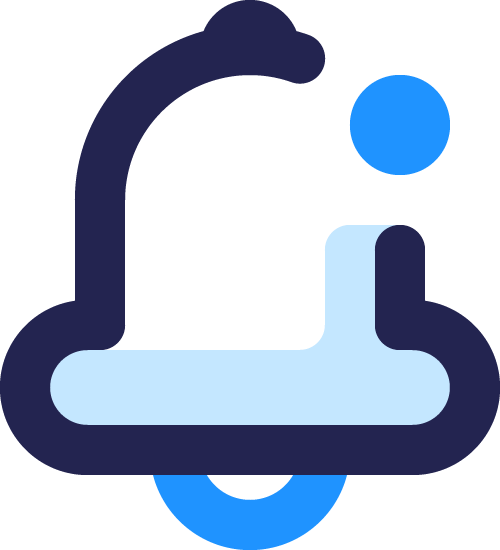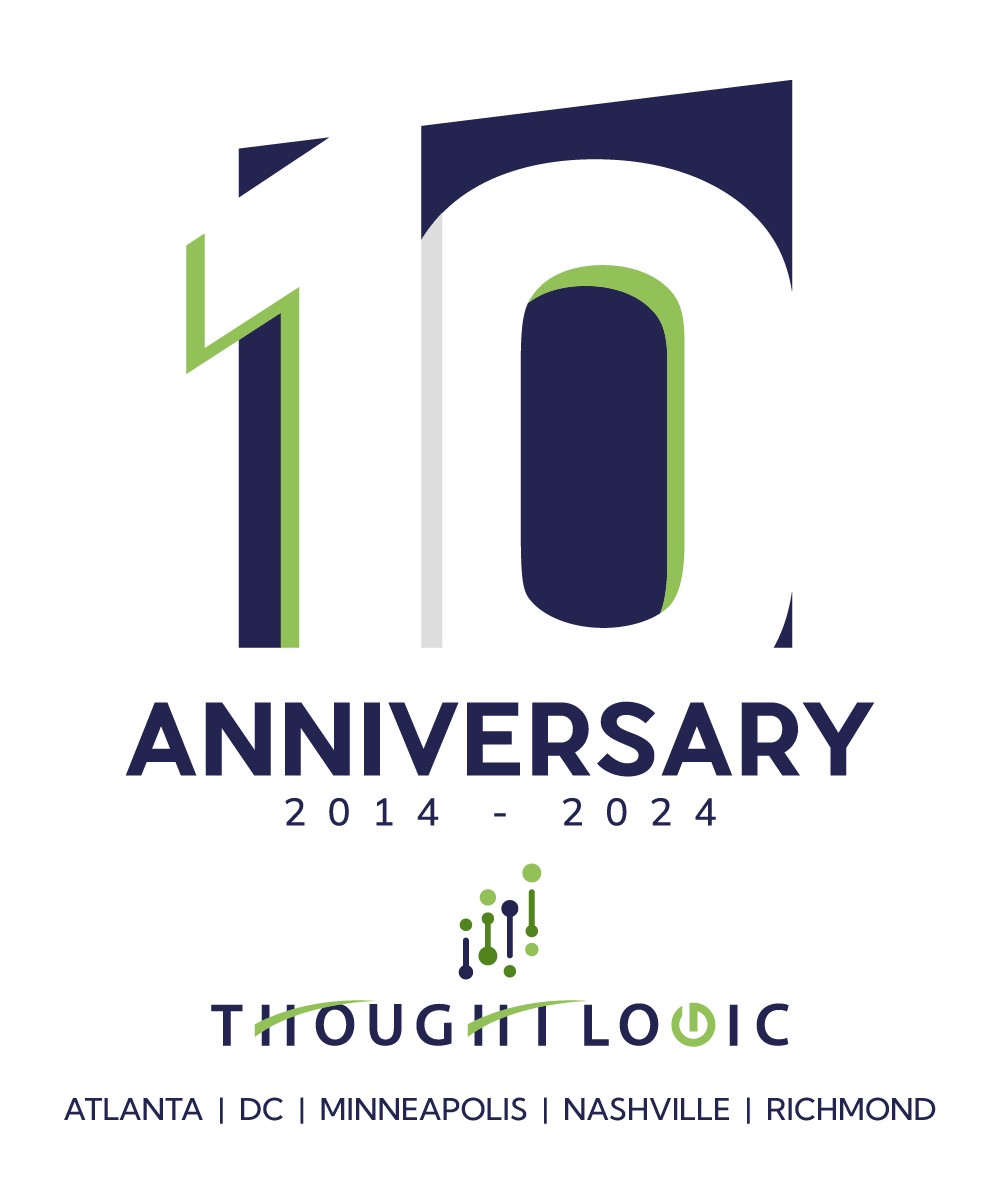Leveraging the Power of DataOps to Address Business Challenges
Businesses today face various challenges, such as data security, economic instability, and rapidly advancing technology. Organizations are seeking cost-efficient solutions to address these issues and manage their data. DataOps is an approach that streamlines processes, optimizes costs, and facilitates better decision-making by managing the data lifecycle.
What is DataOps?
DataOps is a method of managing data using software development techniques and big data tools. It aims to improve efficiency by combining Agile development, DevOps, and lean manufacturing principles. DataOps integrates different disciplines, such as data engineering, analytics, and information security, to create a unified approach for managing data flow between teams and systems.
What are the Benefits of DataOps?
The use of DataOps can aid organizations in improving their efficiency by offering them immediate access to insights into their operations. By streamlining processes and automating workflows, organizations can make better decisions more quickly, resulting in increased customer satisfaction, higher sales, and cost savings. Furthermore, DataOps helps ensure data security by automating protective processes while allowing access to sensitive information.
Why are companies implementing DataOps?
Several factors drive the need for DataOps in organizations today. According to a 2020 Gartner survey, 69% of board directors believe COVID-19 has accelerated the shift to digital channels, leading to a significant increase in data volumes. Additionally, the global economic situation has put financial stress on organizations, with the International Monetary Fund (IMF) forecasting a decrease in world economic growth from 3.4% in 2022 to 2.8% in 2023.
DataOps can help organizations optimize their operations and reduce costs. Additionally, the growth of technology has led to a greater need for real-time insights and analytics. Gartner predicts that by 2023, more than 33% of large organizations will have analysts performing decision intelligence, which DataOps can facilitate.
Challenges faced by Organizations
These macro trends pose significant challenges to all Organizations. The ever-increasing volume, velocity, and variety of data make managing and extracting value from the data challenging. There must be more than the traditional data management approach; businesses must find new ways to manage data.
The lack of collaboration and communication across teams, siloed data, and inconsistent data quality are significant challenges that must be addressed. All these factors make it difficult to leverage data effectively and create a data-driven culture within the organization, along with other common data challenges:
- High data volumes: Organizations are collecting more than ever, making it difficult to manage and use for decision-making.
- Economic uncertainty: Businesses are under increasing pressure to reduce costs and streamline operations, making it challenging for IT organizations to adapt and remain competitive.
- The complexity of data: With the growth of technology comes increasingly complex data sets that require specialized expertise to interpret and leverage.
- Security concerns: Data security is a top priority for any organization, but it can take time to maintain with current approaches.
- Speed of change: As technology advances, businesses must respond quickly to stay ahead of the competition; however, changes can take time with traditional methods.
How are organizations addressing these challenges?
Organizations are using a DataOps approach to solve challenges. By adopting DataOps, businesses can promote a culture of teamwork and collaboration among their teams. With DataOps practices in place, organizations ensure that their data is reliable and up to date, enabling a solid foundation for informed decision making.
What does good look like in an end-state DataOps environment?
An ideal DataOps ecosystem is one where businesses can leverage data as a strategic asset to drive innovation and create value. DataOps provides a framework for collaboration, automation, and continuous data delivery across the organization.
Such an environment includes the following characteristics:
- A data-driven culture: Organizations must prioritize data as a strategic asset and encourage a culture of data-driven decision-making.
- Cross-functional collaboration: Teams must work together to deliver insights and drive value from data.
- Consistent and accurate data: Data must be consistent and up to date to ensure teams can make decisions based on trusted data.
- Automation: Automation must be implemented wherever possible to reduce manual effort and increase efficiency.
- Continuous delivery: Data must be delivered quickly and continuously to enable quick decision-making.

About Digital Enablement
Thought Logic’s Digital Enablement smartSolution provides full-circle capabilities that help keep organizations keep ahead of digital change.

Sign up to receive future Insights in your email box.
Never miss an update.









